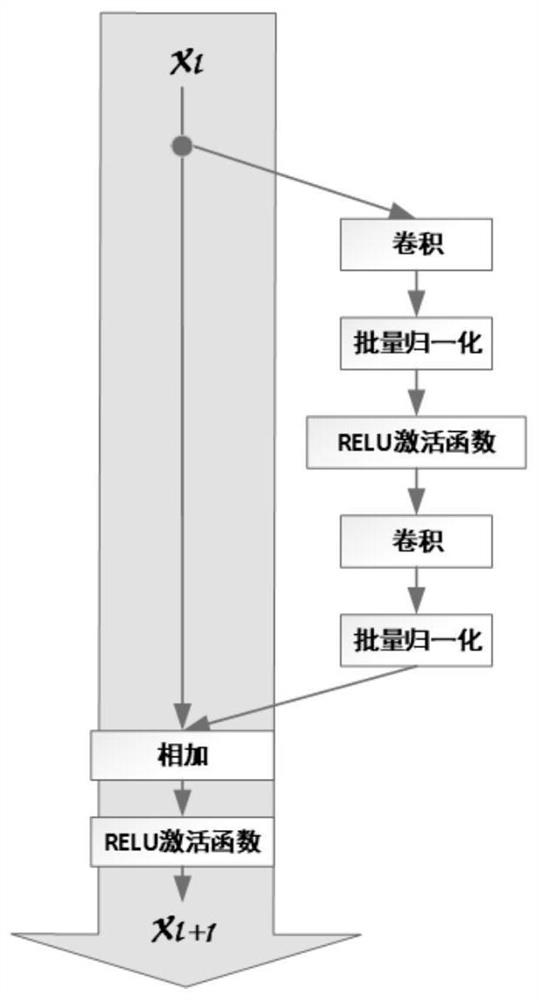Network model and method for face shielding detection based on graph reasoning
A network model and face occlusion technology, applied in the network model field of face occlusion detection, can solve the problems of final result impact, loss of original image information, image size cannot always meet network input requirements, etc., to improve training speed, The effect of increasing network depth and good learning performance
- Summary
- Abstract
- Description
- Claims
- Application Information
AI Technical Summary
Problems solved by technology
Method used
Image
Examples
Embodiment 1
[0051] Network Model for Face Occlusion Detection Based on Graph Reasoning
[0052] like figure 1 As shown, the network model of face occlusion detection based on graph reasoning includes three parts: feature extraction network, graph attention reasoning module, and decoding; among them, the feature extraction network part includes residual network ResNet101 model and spatial pyramid pooling network, which are used to extract Face features; the graph attention reasoning module includes four sub-modules: graph projection, graph convolution, graph reasoning, and graph reprojection, which are used to obtain face feature vectors containing occluded parts; the decoding part is used to output the final mask containing occluded parts. Membrane face images and detect occluded parts.
Embodiment 2
[0054] A method for face occlusion detection based on graph reasoning, comprising the following steps
[0055] Step 1, extraction of face features (low-level features, high-level features containing occlusion information, edge features); specifically: use the residual network ResNet101 model to extract preliminary features to obtain low-level features; use spatial pyramid pooling to The output of the ResNet101 model is mapped to obtain high-level features containing occlusion information; the features output by the first, second, and fourth convolutional layers of the residual network ResNet101 model are obtained, and the edge features are obtained through the operation of the edge operator.
[0056] Step 2, obtain the face feature vector containing the occluded part; that is, use non-local operations in the graph projection sub-module to perform projection calculation on the high-level features and edge features obtained by the feature extraction network, and map the high-leve...
PUM
 Login to View More
Login to View More Abstract
Description
Claims
Application Information
 Login to View More
Login to View More - R&D
- Intellectual Property
- Life Sciences
- Materials
- Tech Scout
- Unparalleled Data Quality
- Higher Quality Content
- 60% Fewer Hallucinations
Browse by: Latest US Patents, China's latest patents, Technical Efficacy Thesaurus, Application Domain, Technology Topic, Popular Technical Reports.
© 2025 PatSnap. All rights reserved.Legal|Privacy policy|Modern Slavery Act Transparency Statement|Sitemap|About US| Contact US: help@patsnap.com



